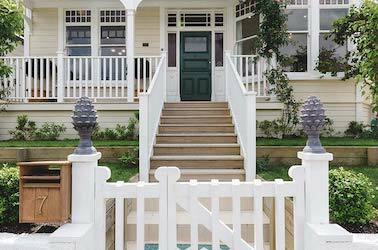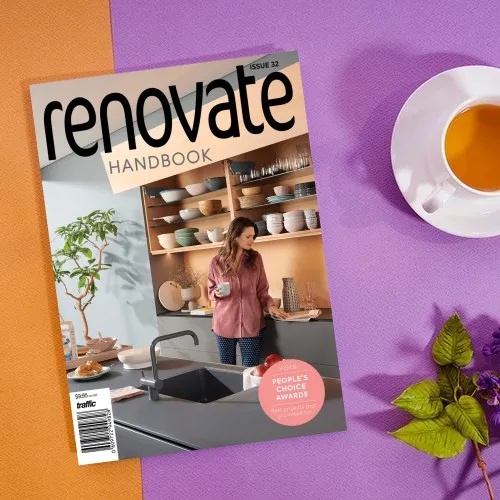Does your rental meet Healthy Homes Standards 2021?
With the new Healthy Home Standards being implemented from 2021 onward, it's important for rental property owners to understand what their obligations are. Read on to find out what the standards are and what you need to do to meet them.
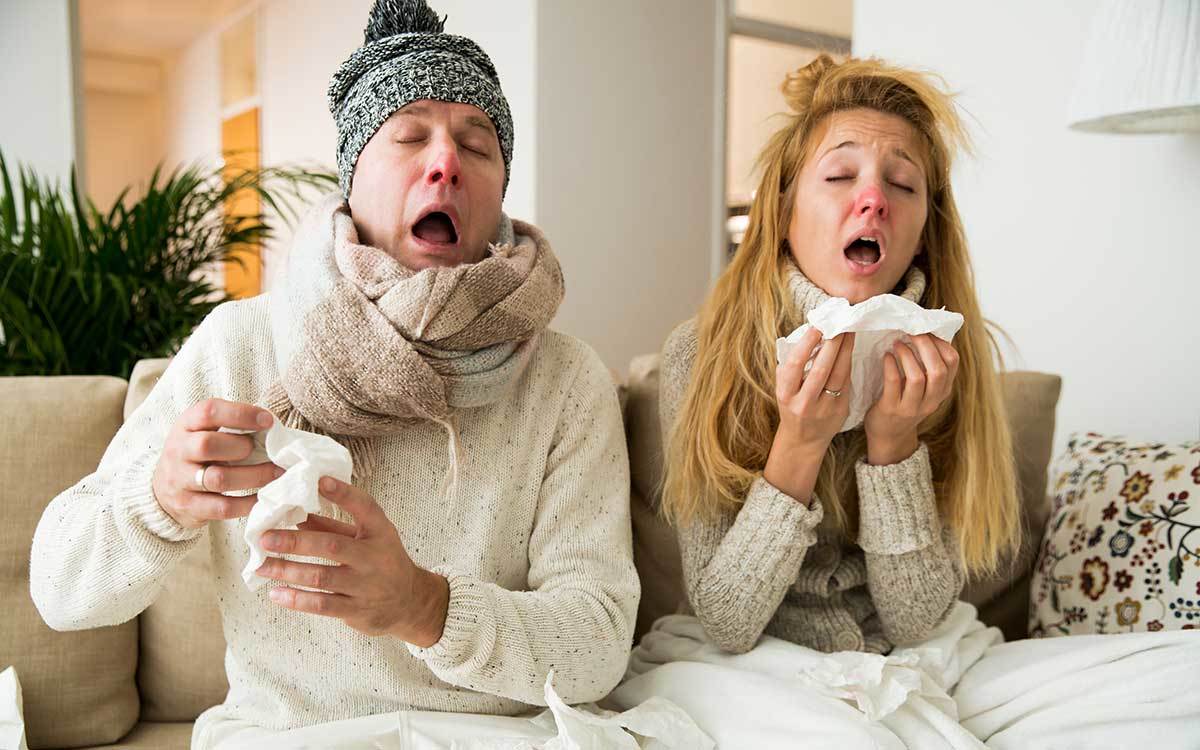
What do the Healthy Home Standards mean for me?
If you are a landlord or tenant in New Zealand, some changes are coming into effect which you should be aware of. From 2021 onward, new standards will be implemented in order to ensure landlords provide their tenants with healthy, safe and warm homes. We guide you through the newly introduced Healthy Homes Standards, as set out in the Ministry of Housing and Urban Development’s Healthy Homes Standards.
What are the Healthy Home Standards?
Heating
Landlords will be required to provide a fixed heater or heat pump within every living area/lounge room. The heating system needs to be able to heat the living room to at least 18 ̊ C, as this is the indoor temperature recommended by the World Health Organisation.
Insulation
Insulation in rental properties will need to meet the Ministry of Housing and Urban Development’s definition of “reasonable condition”. This includes having insulation which is a minimum of 120mm thick and meets the 2008 building code requirements of ceiling and underfloor insulation.
Ventilation
To meet the ventilation standards, you will need to ensure the general living areas of your home, such as bedrooms and living rooms, have openable windows. Additionally, an extractor fan of an approved size must be installed within bathrooms and cooking areas.
Moisture ingress and drainage
Landlords will be required to, at a minimum, install ground moisture barriers, ensure water removal systems are in place (such as drains, downpipes and gutters) and that ground moisture barriers are installed within enclosed subfloor cavities.
Stopping draughts
The draught stopping standards require landlords to address and block any obvious draughts from entering the building interior. Obvious areas that will need to be blocked include fireplaces and chimneys that aren’t in use. You will need to keep an eye out for cracks, gaps and holes throughout your property, especially surrounding windows and doors.
Who does it impact?
The new standards will impact both landlords and their tenants. The standards ensure landlords know what property maintenance areas to prioritise and that they will have clear guidelines to abide by.
It will also provide tenants with a clear understanding of what living standards they should expect in any rental property and what maintenance work falls under their landlord’s set of responsibilities.
How do I meet the Healthy Homes Standards?
Hopefully, your rental property already meets the majority of these standards. To be sure, there are a few things to look for:
- As a basic rule, ensure your property meets the minimum requirements of the building code.
- Read over and familiarise yourself with the Healthy Homes Standards.
- Take advantage of the Healthy Homes Standards guides and online tools, keep an eye on the Tenancy Services website for these.
- Hold onto any relevant records of maintenance and installation work carried out on your property
- If you are still unsure, get in touch with a maintenance professional for guidance.
When does my property have to meet these standards by?
Private landlords will need to meet these standards “within 120 days of the renewal or the start of a new tenancy after 1 July 2021”, according to the Ministry of Housing and Urban Development. All rental properties must comply by the 1st July 2025.
Download Sample Healthy Homes Report
Does my heating comply with the Healthy Home Standards?
What is the heating standard?
Main living/lounge areas
The lounge area of your rental property must include a fixed heating device that achieves a temperature of at least 18°C. This heating device must meet the requirements of the heating standard in terms of health, efficiency and affordability. Open fires, unflued combustion heaters and many electric heaters will not meet the heating standards.
Bedrooms
Renters will be responsible for keeping their bedrooms heated as needed/desired. Landlords will only be responsible for providing heating devices within living areas.
How much will it cost for my property to meet the Healthy Home heating standard?
Heat pump installations start from around $2000.
If your rental property does not currently meet the Healthy Homes heating standards, you will be required to update your heating system (unless you meet the exceptions set out in Ministry of Housing and Urban Development’s Healthy Home Standards). Your heating system costs and requirements will depend on the size of the living room, its insulation and windows.
Detailed tools and guides on the heating standard requirements will be provided by Tenancy Services. Further cost information will be available then.
“An online tool will be developed by Tenancy Services that will calculate the required capacity of a heater in kilowatts. This tool will provide a kilowatt figure using the size of the room and information about insulation and windows as variables. As well as calculating a minimum kilowatt figure, the tool will provide a print-out of the variables and required minimum capacity of the heater. This print-out can be used to show compliance with the heating standard.” - Ministry of Housing and Urban Development
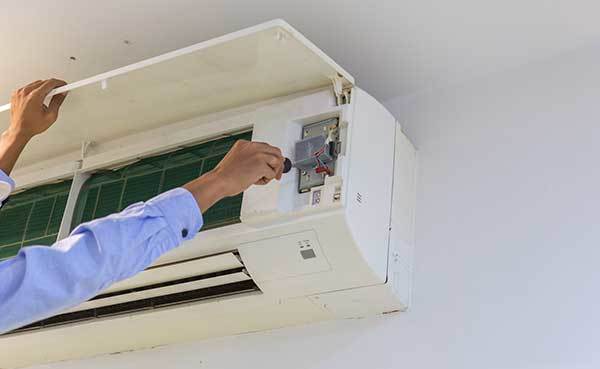
*Costs presented here are rough estimates only. For a quote accurate to your specific requirements, please contact a maintenance, repairs or installations professional.
Does my insulation comply with the Healthy Home Standards?
What is the insulation standard?
If you have noticed signs of mould, moisture and water damage within your rental property, it could be a sign that the insulation is not up to standard. To meet the insulation standard, you must ensure your rental property’s insulation:
- Meets the 2008 building code’s ceiling and underfloor insulation requirements
- Meets the 2016 RTA insulation requirements
- Is at least 120mm thick
- Meets the Ministry of Housing and Urban Development’s definition of being in “reasonable conditions” (more clarification on this definition will be provided by Tenancy Services in late 2019).
How much will it cost for my property to meet the Healthy Home insulation standard?
Flooring and ceiling insulation replacements usually cost around $65+ per m2.
If your property is currently not up to standard, you will need to make improvements (unless you meet the exceptions set out in Ministry of Housing and Urban Development’s Healthy Home Standards). You may need to top up your insulation so that it meets the 120mm requirement.

*Costs presented here are rough estimates only. For a quote accurate to your specific requirements, please contact a maintenance, repairs or installations professional.
Does my ventilation comply with the Healthy Home Standards?
What is the ventilation standard?
To meet the Healthy Home Standards, ensure your rental property meets the following requirements:
Bathrooms/kitchens e.g. rooms with bathtubs, showers or cooktops
- Must contain an extractor fan which meets the size requirements set out by Tenancy Services
- Extractor fans must ventilate externally
Living/habitable spaces e.g. bedrooms, lounge areas, offices and dining rooms
- Meet the standards set out in the Housing Improvement Regulations
- Must all contain openable windows
- 5% of the room's floor area must be translated into openable window space
How much will it cost for my property to meet the Healthy Home ventilation standard?
Ventilation system installation costs start from around $2,500.
Unless you meet the exceptions set out in the Ministry of Housing and Urban Development’s Healthy Home Standards, you will need to either confirm that your rental property’s ventilation is currently to standard or update it. Further information and guidance will be provided by Tenancy Services, once officials have finalised details surrounding the minimum requirements of extractor fan and range hood sizes and flow rates within the Healthy Homes Standards.
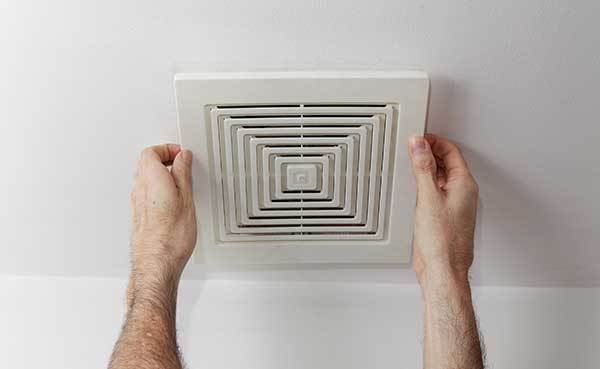
*Costs presented here are rough estimates only. For a quote accurate to your specific requirements, please contact a maintenance, repairs or installations professional.
How to stop moisture and draught entering your house
Reducing draughts within your rental property will make it easier for your tenants to heat the house interior and will keep energy bills from soaring. Your rental property will probably meet the draught stopping and moisture standards set out by the Ministry of Housing and Urban Development if:
- There are no obvious draughts occurring within your property
- Fireplaces/chimneys that are no longer in use are blocked/draught proofed
- Efficient sealants are used throughout your property’s windows
- Walls, floors etc. are reasonably draught proofed
- Efficient drainage systems are in place to avoid the build-up of surface waters etc.
- Enclosed subfloor cavities have a ground moisture barrier installed, according to New Zealand regulations
- Roof overflow is avoided through efficient gutter, downpipe and drain installations
How much will it cost for my property to meet the Healthy Home draught stopping and moisture standards?
Costs you may need to/choose to cover include:
- Minor roofing repairs to reduce draughts: $100 - $2000+
- Chimney/fireplace removal: $700 - $4500+
- Guttering installations: $70+ per metre
- Spouting installations: $65+ per metre
- Surface channel installations: $700+ per metre
Unless you meet the exceptions set out in the Ministry of Housing and Urban Development’s Healthy Home Standards, your property will need to meet the Healthy Home Standards by the 2021 deadline. More information detailing the requirements will be provided by Tenancy Services.
The Ministry of Housing and Urban Development’s Healthy Home Standards guide states:
“The cost to landlords will vary, and will depend on a property’s characteristics (for example, size, age, condition), and the amount of work required to bring each property up to the minimum requirements.”

*Costs presented here are rough estimates only. For a quote accurate to your specific requirements, please contact a maintenance, repairs or installations professional.
Can I make these changes to my rental home myself?
While the final details on the standards are yet to be published, the Ministry of Housing and Urban Development does confirm that there is some work which landlords are legally allowed to carry out themselves. This includes insulation (although an electrician should be contacted if you will be removing foil insulation) and ground moisture barriers. However, if you are not confident in your ability to safely and effectively complete an installation, asking a professional to carry out the installation for you is recommended.
Other Installations
To meet the Healthy Home Standards, you may require the assistance of registered and qualified tradespeople.
This may mean hiring an electrician to install an extractor fan, a building insulator to keep the house warm or a builder to address any draught issues within your rental property. If you have multiple issues that need addressing and will require the help of multiple tradespeople, Oncore could be the best solution.
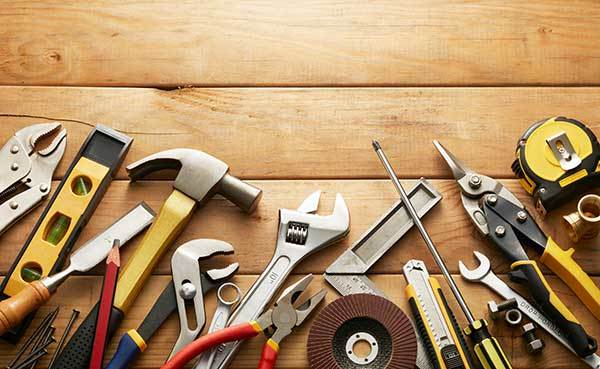
Why Oncore?
Oncore is the go-to company for people who require multiple maintenances, repairs and installations. We provide a highly professional and cost-effective service, and will provide the right tradespeople for any of your maintenance requirements. Oncore manages the trades and the job for you, ensuring all of our work exceeds New Zealand’s minimum building and rental property standards.
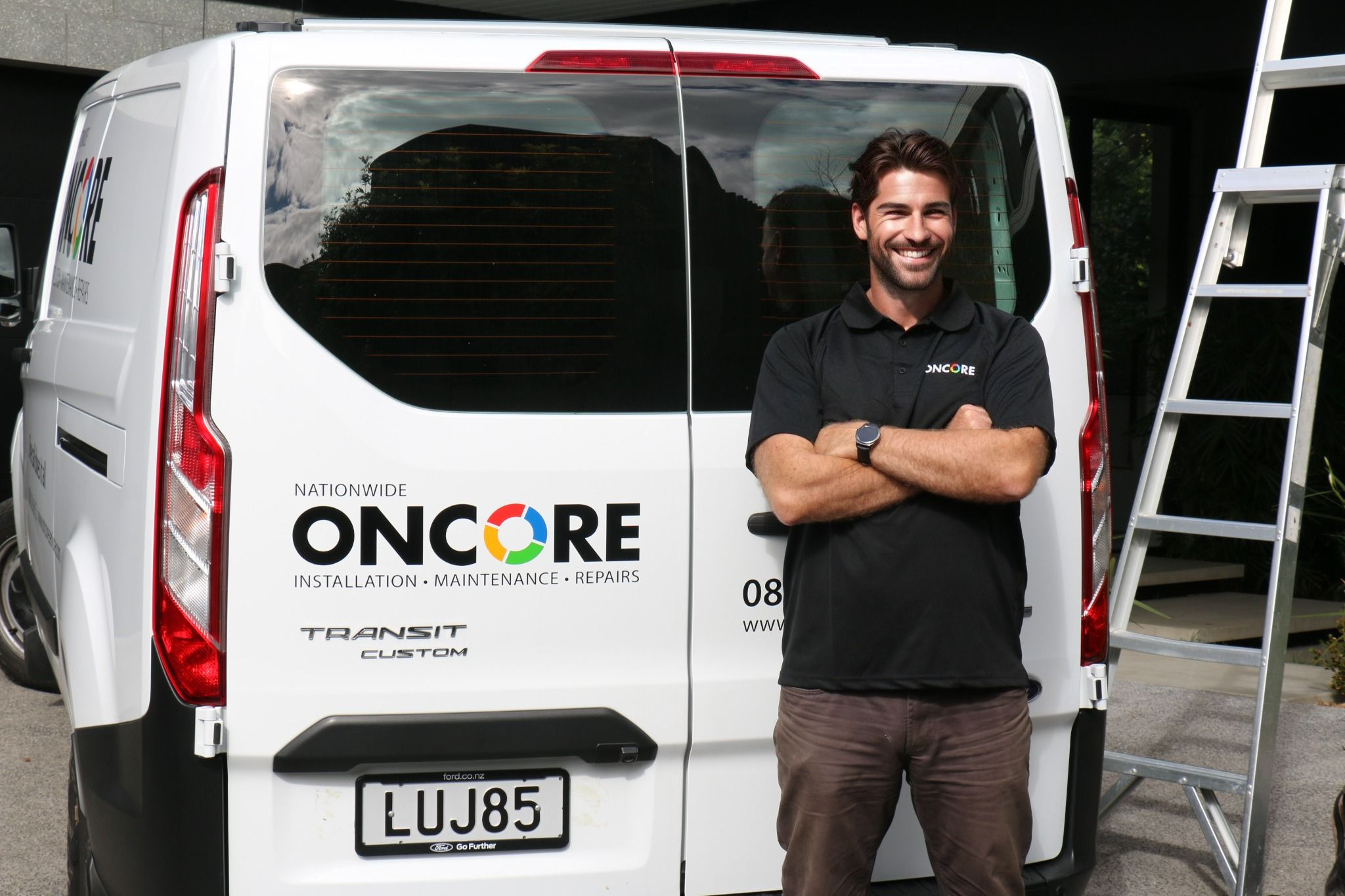
Get in touch
If you are feeling uncertain about your home maintenance obligations as a rental property owner, get in touch with Oncore. We can provide you with home inspections and ongoing maintenance work to ensure you provide a rental home that exceeds the Healthy Home Standards.
Read Next
All Oncore franchises are independently owned and operated.
Processing...
Talk to a maintenance specialist today
Oncore specialises in doing everything related to taking care of your home, building or office. Get in touch today!

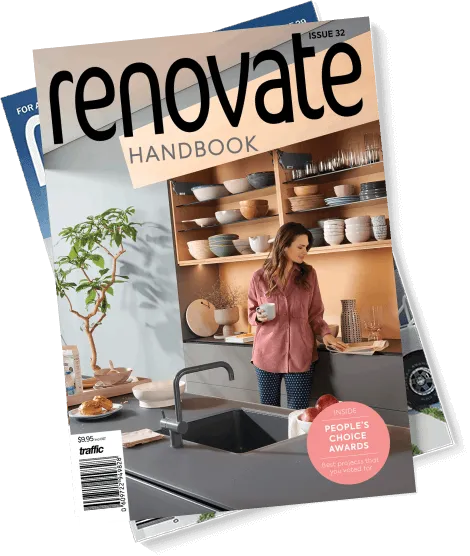

%20(1).jpg)
